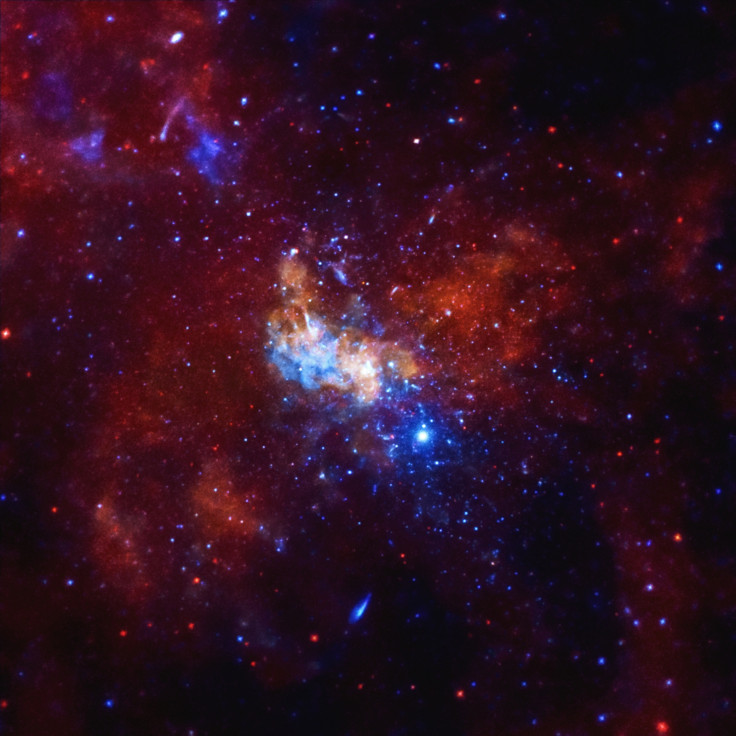Milky Way's Black Hole Sending Out Mysterious Neutrinos, Says Nasa

The black hole at the centre of our galaxy may be churning out neutrinos, mysterious particles that pass through most matter and are very hard to detect.
Three of Nasa's X-ray missions were involved in the findings.
Neutrinos carry no charge and can pass through large swathes of space unperturbed by other particles or magnetic fields.
While neutrinos from the sun bombard the earth in millions every moment, those from beyond are many million times energetic.
"Figuring out where high-energy neutrinos come from is one of the biggest problems in astrophysics today," said Yang Bai of the University of Wisconsin in Madison, who co-authored a study about these results published in Physical Review D.
Following the biggest outburst detected from Sagittarius A*, the Milky Way's supermassive black hole, by Nasa's Chandra X-ray observatory, a neutrino was detected in less than three hours at the IceCube observatory in the South Pole.
This was followed by several neutrino detections in the next few days by Swift gamma-ray mission and the Nuclear Spectroscopic Telescope Array (NuSTAR).
The IceCube Neutrino Observatory has detected only 36 high-energy neutrinos since the facility became operational in 2010.
However, the mechanism behind the neutrino production is not yet clear.
One of the ideas is that particles around the black hole are accelerated by a shock wave and decay into neutrinos. The charged particles could be the source of high-energy cosmic rays, another mystery that scientists have been trying to crack.
For more on neutrinos, check here.
© Copyright IBTimes 2025. All rights reserved.





















